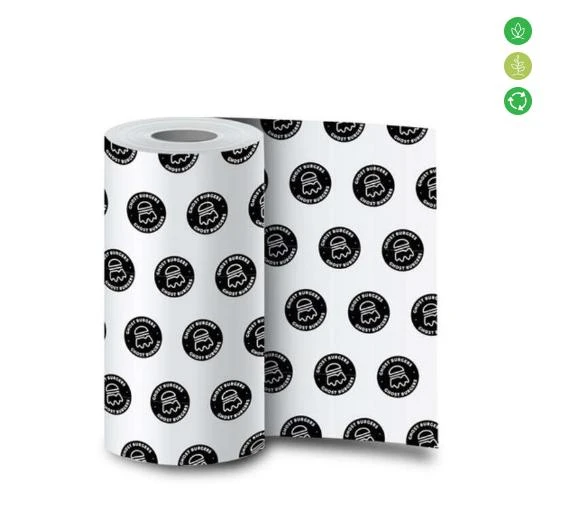The Evolution of Soda Cups A Journey Through Time
The humble soda cup has been a staple in the world of beverages for generations. Its evolution mirrors the changing tastes and lifestyles of consumers, while also reflecting advancements in materials and environmental awareness. Today, we can explore the rich history of soda cups and how they have transformed from simple vessels to multifunctional products that enhance the overall drinking experience.
In the early days of soda, beverages were served in glass bottles or larger glass containers. These heavy and fragile materials, while effective at preserving the fizzy nature of soda, posed significant challenges, especially for customers on the go. As soda fountains gained popularity in the late 19th century, the need for lightweight and portable options became essential. This led to the introduction of paper cups in the early 20th century, which provided a convenient solution for serving soft drinks.
The rise of paper cups brought about a revolution in the food and beverage industry. They were not only lightweight but also disposable, which made them ideal for busy soda fountains and fast food restaurants. However, early paper cups lacked the waterproof linings that we often take for granted today. It wasn't until the 1930s that innovations in wax coatings helped mitigate leakage and enhance the structural integrity of these cups. This marked a turning point, allowing for greater usage of soda cups in various settings, from birthday parties to picnics.
As soda consumption soared in the 1950s and 60s, so did the variety of designs and sizes of soda cups
. This period saw the introduction of iconic branding on cups, allowing companies to create a memorable visual identity that captured the spirit of the times. Brands began to recognize the potential of soda cups not just as containers, but as marketing tools to enhance brand recognition. Colorful graphics, catchy slogans, and attractive logos adorned the cups, becoming a significant aspect of consumer culture.soda cups

Despite the convenience of disposable cups, growing environmental concerns over plastic waste led to significant changes in the soda cup market in the late 20th and early 21st centuries. The advent of styrofoam cups in the 1970s was initially seen as a revolutionary step towards sturdier, insulated containers. However, increasing awareness of the environmental impact of polystyrene sparked a major shift towards sustainable alternatives. Today, many companies are investing in eco-friendly materials, such as biodegradable or compostable cups, catering to the eco-conscious consumer.
In addition to material evolution, technological advancements have also influenced the design of soda cups. The introduction of double-walled cups improved insulation, allowing for hot and cold beverages to be served without the risk of burns or condensation. Meanwhile, customizable options have emerged, enabling consumers to personalize their soda cups with names, messages, or images, thereby adding a unique touch to their beverage experience.
Furthermore, the rise of the digital age has inspired innovation in how soda cups are utilized. QR codes printed on cups link customers to online promotions or social media, enhancing engagement between brands and consumers. This integration of technology not only modernizes the soda cup but also creates an interactive drinking experience.
In conclusion, the evolution of soda cups reflects a broader narrative of societal changes, technological advancements, and environmental concerns. From fragile glass bottles to eco-friendly, customizable options, soda cups have come a long way. As we continue to innovate, we can expect the soda cup to evolve further, ensuring that it remains a beloved fixture in our beverage culture while aligning with the principles of sustainability and consumer engagement. Whether at a bustling fast-food joint or a casual gathering, soda cups will continue to play an integral role in how we enjoy our favorite fizzy drinks.



